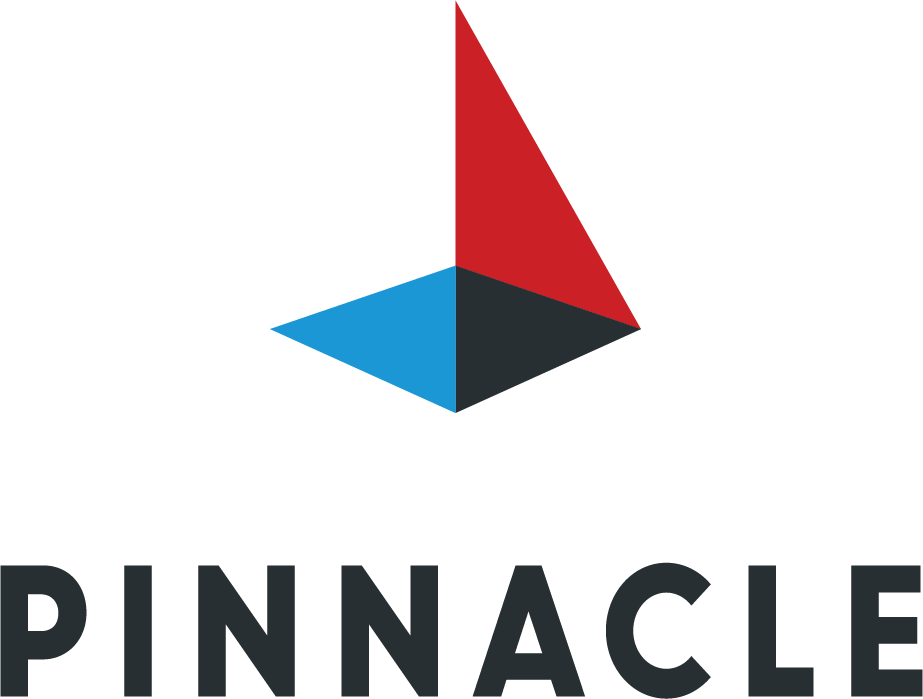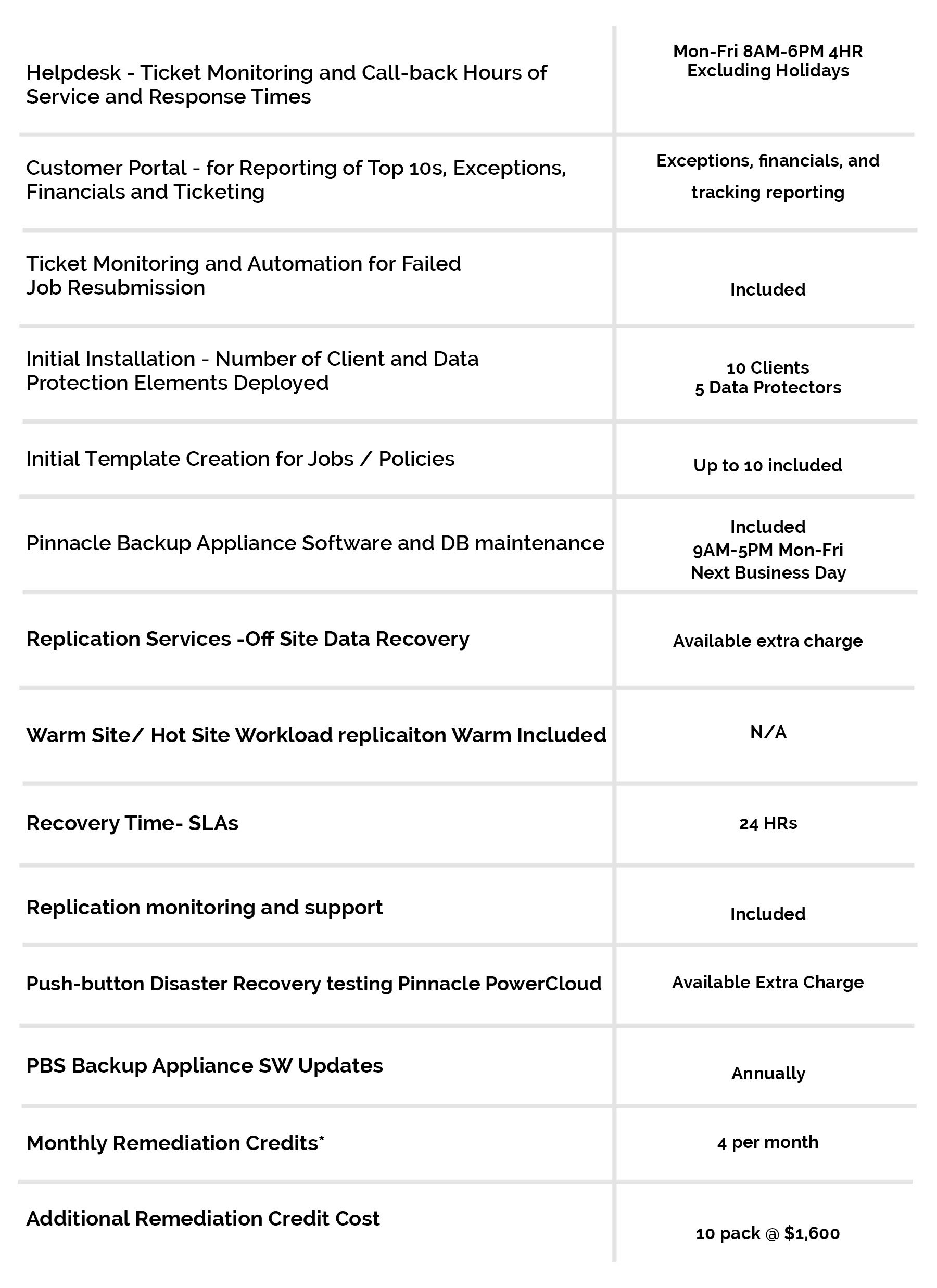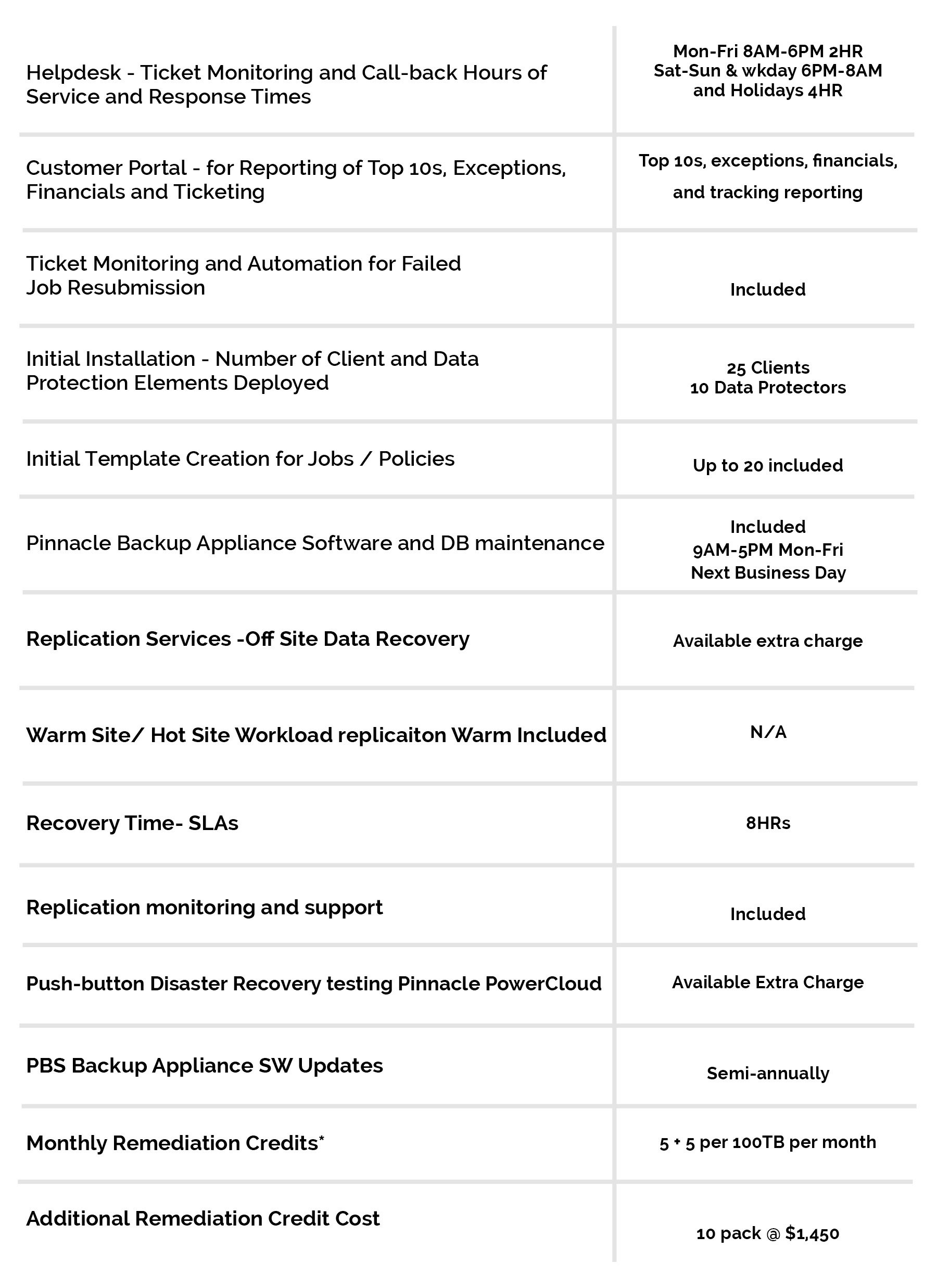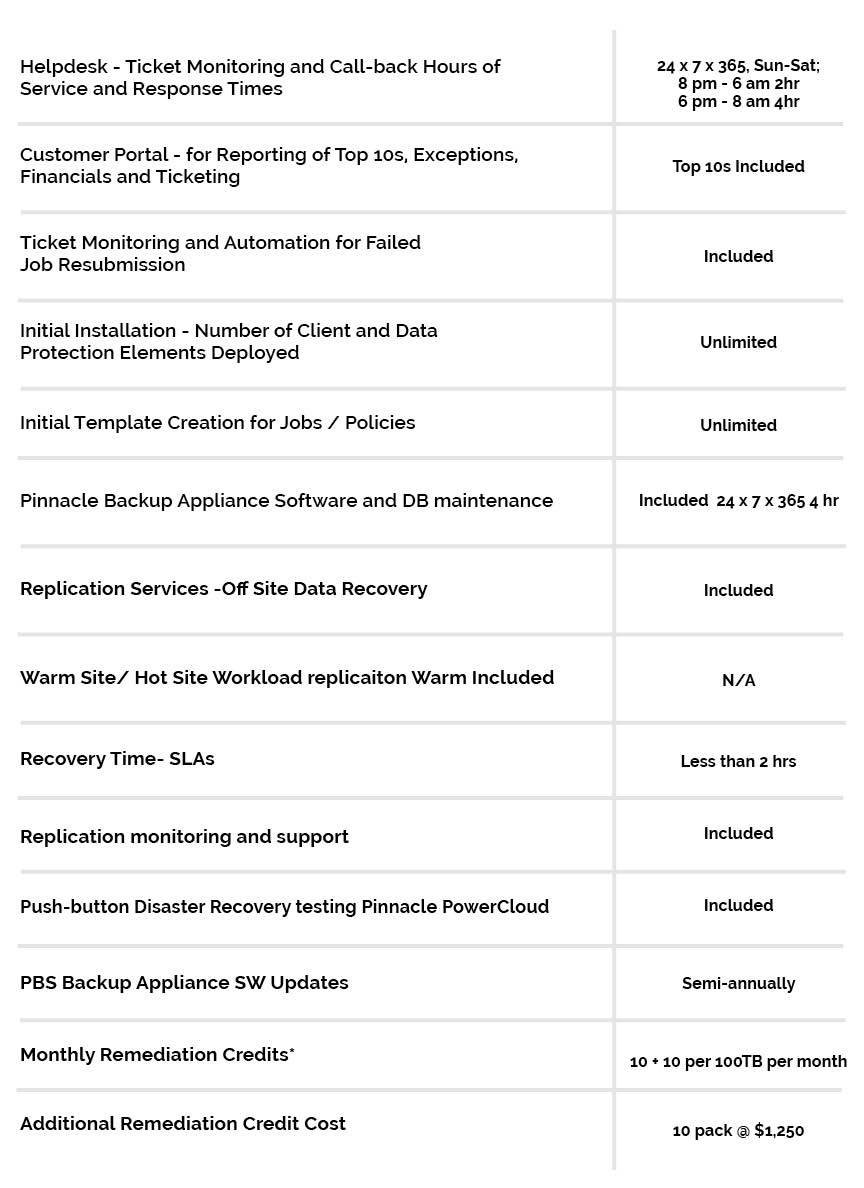27 Mar IBM POWER6 and POWER7 are nearing end of life: What this means for enterprise systems
IBM has been a leader in the technology sector and more specifically the server market for years now. According to research from IDC, worldwide shipments of server solutions rose more than 18 percent year over year during the third quarter of 2018, and, unsurprisingly, IBM is within the top five server technology providers.
By now, many enterprise users of IBM’s POWER6 and POWER7 server systems know that the vendor’s end-of-life deadline is quickly approaching. IBM made the announcement in late 2017 that it would discontinue support for POWER6 servers on March 31st of this year, and would then follow up with end-of-life for its POWER7 systems on September 30.
With the deadline nearing, or in some cases, already passed, it’s important for IT admins within enterprises that use these systems to understand the steps to take next, and formulate a plan to ensure that their infrastructure is properly supported.
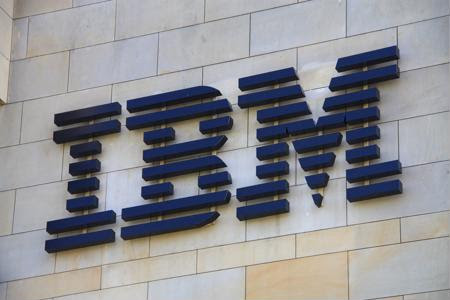 What does “end-of-life” really mean?
What does “end-of-life” really mean?
Whenever a software or hardware vendor announces an end-of-life or end-of-support deadline, it’s a signal that current users need to update or otherwise make a change. Discontinuing support for a system means that the vendor will no longer market, sell or issues updates for the hardware platform. Any problems with performance, functionality or other issues then have to be handled by users’ internal staff members or other specialists.
Continuing to use a system after its end-of-life deadline can create all kinds of challenges and potential vulnerabilities, including those involving security, productivity, performance, scalability and overall compliance. As Lantronix pointed out, the cost to maintain systems that no longer receive vendor support can also be incredibly high.
What should enterprises do next?
If your organization still has POWER6 or POWER7 servers within your infrastructure, it’s time to create a plan to migrate away from this technology. There are a few options to consider here – enterprise users can:
- Move their workloads into a cloud environment. In this way, critical assets and information are supported and secured in the cloud, as opposed to outdated server systems. Companies could choose to a managed cloud solution or a more traditional deployment.
- Update their on-premise hardware. Admins could elect to replace their POWER6 and/or POWER7 servers with IBM’s new POWER9 solutions, which boast cloud readiness, top-notch performance and industry-leading reliability.
In either case, it’s best to connect with an expert technology provider to help guide the transition. Pinnacle customers that currently use POWER6/7 can choose to move their workloads to the Infor Cloud or to Pinnacle’s own PowerCloud. We also have solutions for those that choose to maintain their hardware on site – we can provide the latest IBM systems, ready to provide the necessary update enterprises need.
Connect with our expert tech consultants today to find out more about your organization’s best next steps.

